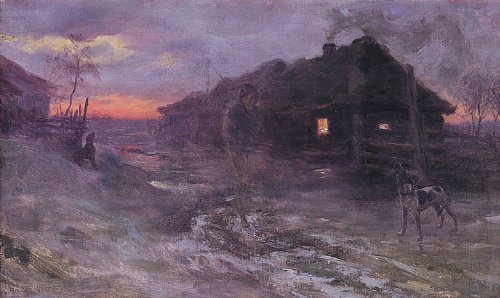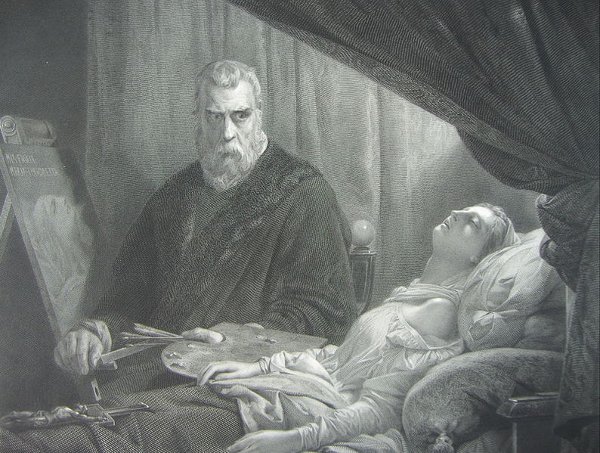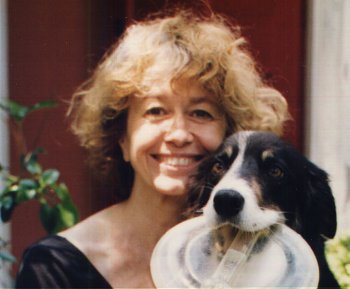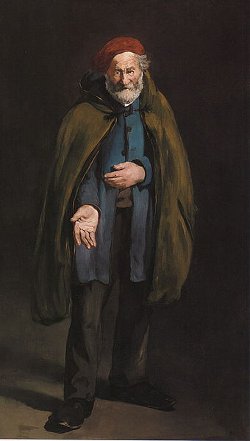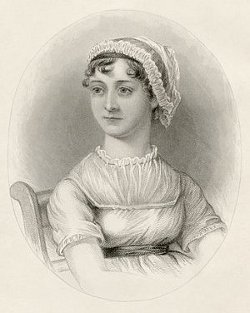A lady who deftly crocheted,
A terrible temper displeted,
On finding when through
That a dropped stitch or twough
Had spoiled the contrivance she’d meted.
A newspaper man on the Isthmus
Said, “Colonel, now what about thisthmus?”
The Colonel said, “Write
That it looks like a fite,
But I think ’twill be over by Christhmus.”
Once a Frenchman who’d promptly said “Oui”
To some ladies who’d ask him if houi
Cared to drink, threw a fit
Upon finding that it
Was a tipple no stronger than toui.
Young Brewster wed Adeline Worcester,
But nobody knew what indorcester
In writing her name
To spell it the same
And make it read Adeline Brorcester.
There was a young man from Mont.
Who slipped on a peel of ban.
He fell on his head,
And what he then said
Was quite the reverse of “Hos.”
Punctuation’s abhorrent to Thos.,
And he loathes semicolons and cos.
He is such a bad boy
That a wave of great joy
Would arise were the kid taken fros.
— Stanton Vaughn, ed., Limerick Lyrics, 1904

